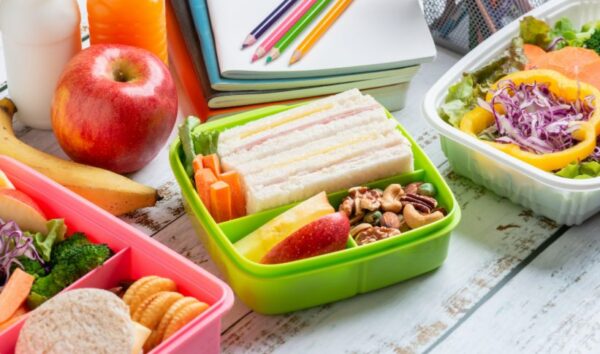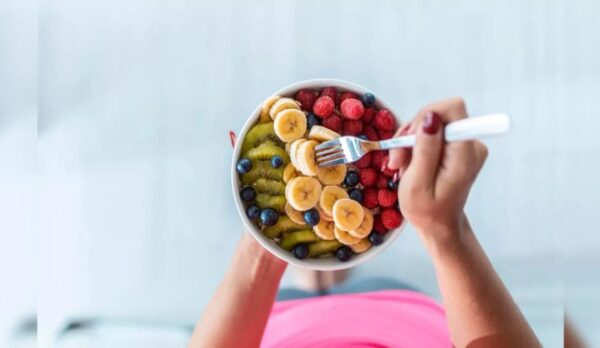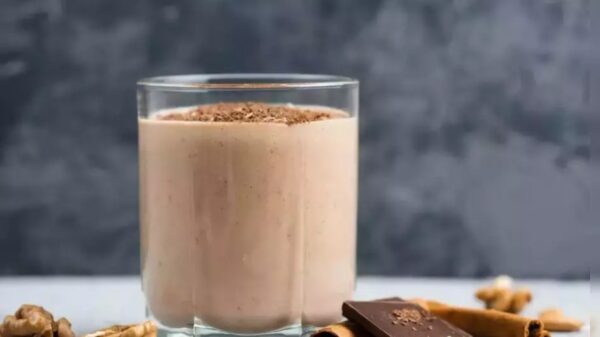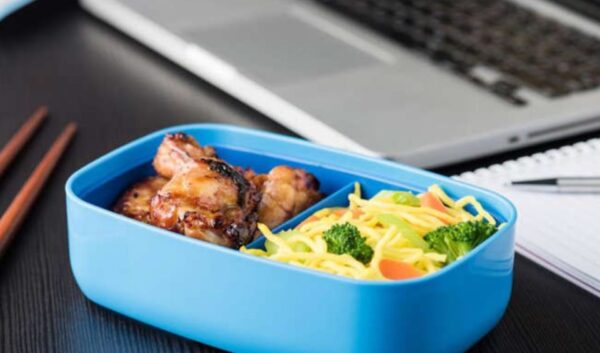Lifestyle
5 simple ways to add more nutrition to your kids’ lunch box

Why is it important?
It may seem like a daunting task for most parents to manage their kid’s nutrition, as most kids tend to be fussy eaters, and this is what makes it super important to pack them a healthy and hearty meal for tiffin if you too are always worried about what to cook and how to add more nutrition so that it fuels up the growth and development. This is because a balanced lunch can provide ample energy and nutrients needed for their daily activities, help improve concentration at school, and build healthy eating habits for the future. Here are some simple and effective ways to enhance the nutritional value of your child’s lunch box.
1. Add whole grains
Replacing refined flour/grains with whole grains is a simple yet effective way to boost the nutritional content of your child’s lunch. Whole grain bread, wraps, or crackers provide more fiber, B vitamins, and essential minerals compared to white bread or refined products. Apart from that, the fiber helps with better digestion and keeps your child feeling fuller for longer.
2. Add fresh fruits and vegetables
Adding a portion of fresh fruits, berries and vegetables to your kid’s tiffin is also a simple way to boost their nutritional levels. This is because fresh produce is naturally packed with vitamins, minerals, and fiber, making it an essential part of any lunch box. Also, it is best to include a colorful variety of fruits like apples, oranges, grapes, and berries, as well as crunchy veggies like carrots, cucumbers, or bell peppers that are rich in antioxidants and also help with cognitive development.
3. Add more protein
Protein is essential for growth and muscle development. Instead of processed meats like sausages or nuggets, consider adding lean protein options to your child’s lunch box. Grilled chicken, turkey slices, boiled eggs, or cottage cheese are great choices. You can also include plant-based proteins like beans, lentils, or chickpeas in the form of wraps, salads, or dips like hummus. These protein-rich foods will help keep your child energized throughout the school day.
4. Dairy and other alternatives
Dairy products such as cheese, yogurt, and milk are excellent sources of calcium and vitamin D, both of which are crucial for healthy bone development. You can include cheese slices, yogurt cups, or a small container of milk in your child’s lunch box. For lactose-intolerant children, opt for dairy alternatives like almond or soy milk, fortified with calcium and vitamin D. A small serving of yogurt with fruit or granola can also make a delicious and nutritious snack.
5. Add healthy fats
Healthy fats are vital for brain development and overall health. Instead of offering sugary snacks or fried foods, choose options rich in healthy fats like avocado, nuts, seeds, or nut butters like almond or peanut butter. Avocado can be added to sandwiches or wraps, while a handful of mixed nuts or seeds can make for a crunchy, satisfying snack. Just be cautious with nuts for younger children due to choking hazards, and always check for allergies.










